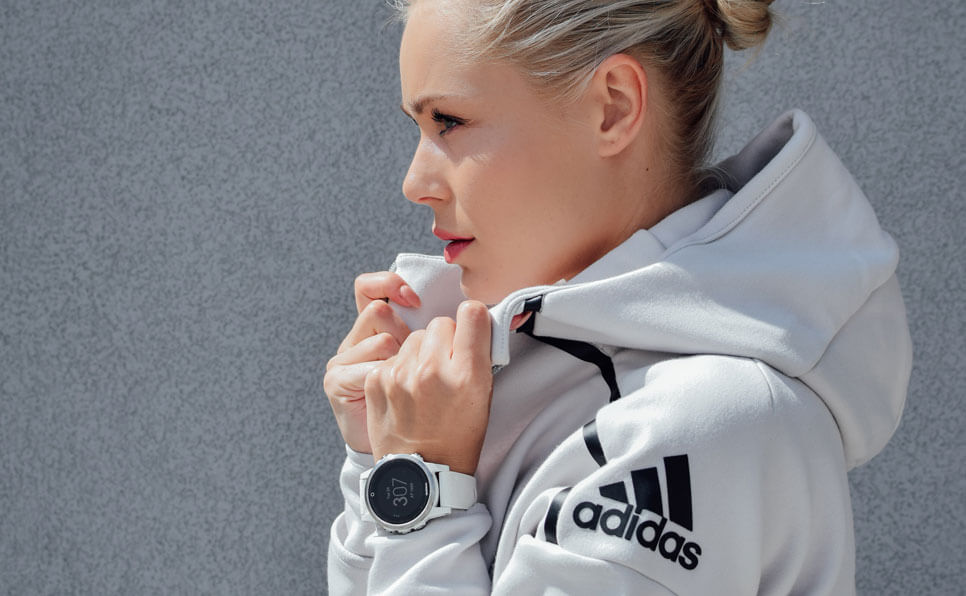Introduction
The advertising world is constantly evolving, with new strategies and tools emerging to capture the attention of consumers. While big trends like social media marketing and influencer partnerships often steal the spotlight, there are plenty of lesser-known shifts on the horizon that could redefine how brands communicate with their audiences. Identifying these trends can give marketers a competitive edge in a saturated market. In this article, we’ll explore some of these “unseen horizons” in advertising for 2025, highlighting innovative approaches and strategies that are beginning to surface.
1. The Rise of Conversational Advertising
1.1 Understanding Conversational Interfaces
Conversational interfaces are interactive platforms that allow users to engage with technology using natural language. Think of voice assistants like Amazon’s Alexa or chatbots on websites that guide you through services. These tools have transformed how brands can interact with consumers, making the experience more intuitive and personal. By using conversational advertising, brands can create a dialogue instead of a monologue, leading to richer customer interactions.
1.2 The Impact of AI on Customer Engagement
Artificial Intelligence (AI) is at the forefront of enhancing customer engagement. It enables brands to tailor their interactions based on user behavior, preferences, and past purchases. For instance, Spotify uses AI to create personalized playlists, giving users a sense of individual attention. Campaigns driven by AI not only provide targeted content but also learn and evolve over time, potentially leading to increased conversion rates and customer satisfaction. The future for advertisers lies in harnessing AI to create seamless customer journeys.
1.3 Ethical Considerations in Conversational Advertising
As brands dive deeper into conversational advertising, ethical concerns emerge. The collection of personal data raises privacy issues that cannot be ignored. Consumers deserve transparency about how their information is used, and brands must establish trust. Striking a balance between personalized experiences and user comfort is paramount, and brands that prioritize ethics will likely gain customer loyalty in the long run.
2. Sustainability in Advertising
2.1 Consumer Demand for Ethical Practices
Today’s consumers are increasingly eco-conscious, and the demand for brands to show ethical practices is more pressing than ever. According to recent studies, a significant percentage of consumers consider sustainability when making purchasing decisions. Brands that prioritize eco-friendly practices—like using sustainable materials or supporting fair trade—can stand out in a crowded marketplace. Leaders in this movement, such as Patagonia, have successfully aligned their brand messaging with sustainability, garnering a loyal customer base.
2.2 Green Messaging Strategies
Effectively communicating sustainability efforts is crucial for brands looking to engage eco-conscious consumers. Using clear and authentic messaging, brands can share their sustainability practices without falling into the trap of greenwashing—where companies falsely portray their practices as environmentally friendly. Successful campaigns often highlight tangible actions, such as carbon offsets or material sourcing stories. Brands like Ben & Jerry’s have excelled in this regard, presenting their sustainability narrative with transparency and passion.
2.3 The Role of Certification and Standards
Certifications play a vital role in substantiating sustainability claims. They provide consumers with assurances that a brand follows industry standards. Familiar certifications, such as Fair Trade or USDA Organic, can enhance a brand’s credibility. For businesses wanting to incorporate sustainable practices, researching and obtaining relevant certifications is a strategic move that can greatly influence consumer trust and purchasing decisions.
3. Hyperlocal Targeting Techniques
3.1 The Evolution of Geolocation Data
Geolocation technologies have changed the game for advertising by allowing brands to target consumers based on their physical location. Unlike traditional advertising methods, hyperlocal targeting tailors messages to very specific geographical areas, increasing relevance and engagement. Companies like Starbucks have effectively utilized geolocation to send promotions to customers who are nearby, driving immediate traffic to their stores.
3.2 Creating Relevant Local Content
Creating localized marketing campaigns requires an understanding of the community’s culture and preferences. It’s not just about adjusting the marketing strategy; it’s about resonating with local values and traditions. Successful brands thrive when they engage consumers in a way that feels familiar and relevant. For example, a local bakery might highlight ingredients sourced from regional farms, fostering a connection with the community and enhancing their brand narrative.
3.3 Challenges and Opportunities in Hyperlocal Advertising
While the opportunities in hyperlocal advertising are plentiful, challenges remain. Marketers often struggle with data accuracy and determining the right local demographics. However, the potential to tap into local markets and create meaningful connections is immense. The future outlook for hyperlocal strategies looks promising, especially as technology continues to evolve and provide marketers with better tools.
4. The Integration of Augmented Reality (AR) in Advertising
4.1 Overview of AR Technologies
Augmented Reality (AR) refers to technology that overlays digital information, such as images or sounds, onto the real world. In advertising, AR can be a powerful tool for immersing consumers in unique brand experiences. Many industries—like fashion, real estate, and travel—are beginning to explore how AR can enhance their offerings by allowing customers to visualize products in their own environment.
4.2 Enhancing Customer Experience Through AR
AR creates exciting new avenues for customer interaction. Think about trying on clothes virtually or visualizing how a piece of furniture would look in your home before making a purchase. Brands like IKEA have successfully integrated AR into their shopping experience, enabling customers to see how products will fit in their space. User feedback often reveals that these experiences not only enhance enjoyment but also foster a stronger connection to the brand.
4.3 Measuring the Effectiveness of AR Campaigns
To truly understand the impact of AR campaigns, brands need to focus on key metrics. Engagement rates, app downloads, and how long users interact with the AR experience are all vital indicators of success. Utilizing tools like Google Analytics can help brands track these metrics. Gathering feedback will also provide insights into what works and what can be refined for better future campaigns.
5. Shifts in Consumer Attention and Engagement
5.1 The Decline of Traditional Media Consumption
As younger audiences increasingly shift away from traditional media like TV and print, advertising budgets need to adapt accordingly. The growing popularity of streaming services and social media has changed how consumers consume content, leading brands to rethink where they place their ads. Marketers who embrace this shift and invest in digital platforms will likely see better engagement.
5.2 Embracing Micro-Moments in Engagement
Micro-moments refer to brief instances where consumers turn to their devices for quick answers or engagement. Marketers can capture these fleeting moments by crafting content that delivers value quickly—whether it’s informative, entertaining, or actionable. Brands that can effectively leverage these micro-moments, such as snackable content on social media, are setting themselves up for success in gaining consumer attention.
5.3 The Role of Authenticity and Relatability
In a world saturated with ads, authenticity resonates strongly with consumers. They crave real connections with brands that reflect genuine values. Strategies like transparent storytelling—showcasing brand stories, struggles, and successes—can enhance relatability. Brands that excel in this area, like Dove with its real beauty campaign, show that honesty and vulnerability can foster customer loyalty.
Conclusion
As we look toward 2025, understanding emerging trends in advertising becomes crucial for marketers. By embracing conversational advertising, sustainability, hyperlocal targeting, augmented reality, and shifting engagement strategies, brands can position themselves for success in a rapidly changing marketplace. Keep an eye on these trends to stay ahead of the curve and connect authentically with your audience.
FAQs
- What are conversational advertising techniques?
- Conversational advertising techniques involve engaging consumers through tools like chatbots and voice assistants to create interactive dialogue and enhance customer experiences.
- Why is sustainability relevant in advertising?
- Sustainability is crucial due to the rising consumer demand for ethical practices. Brands that embrace sustainability can attract eco-conscious customers and build loyalty.
- How can brands successfully implement hyperlocal targeting?
- Brands can effectively implement hyperlocal targeting by utilizing geolocation data, creating relevant local content, and understanding community values for localized campaigns.
- What are some metrics to measure AR campaign success?
- Key metrics for measuring AR campaign success include engagement rates, user interaction duration, and app usage statistics, all of which provide insights into audience response.
- How is consumer attention changing in the digital age?
- Consumer attention is shifting towards quick, valuable interactions, leading brands to focus on digital platforms, short-form content, and authentic engagement strategies.






